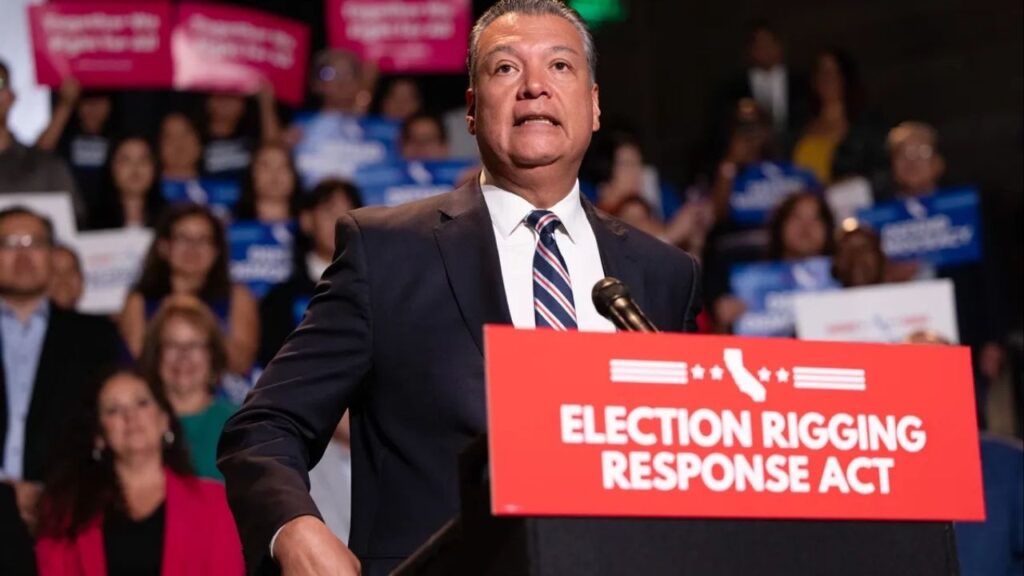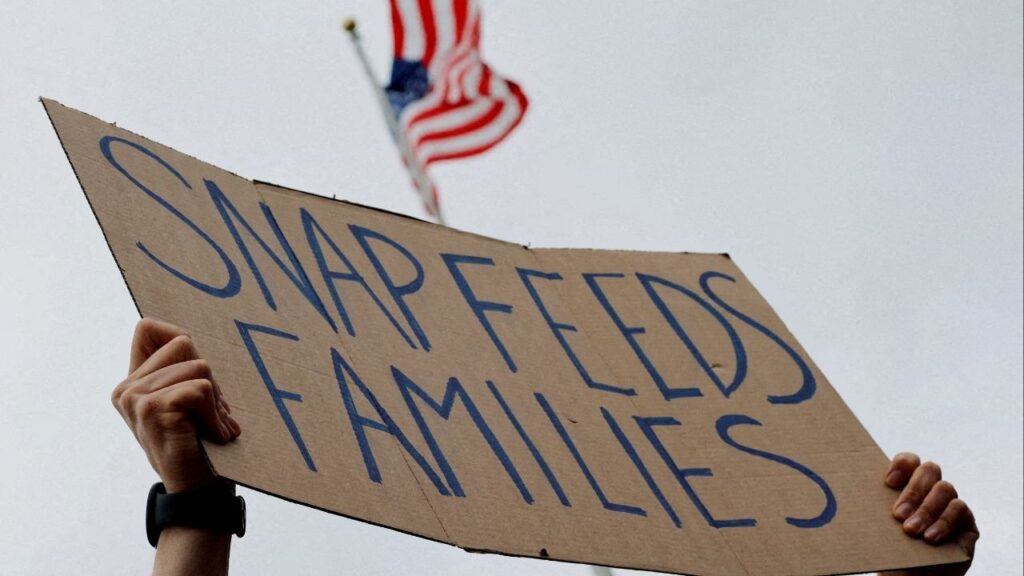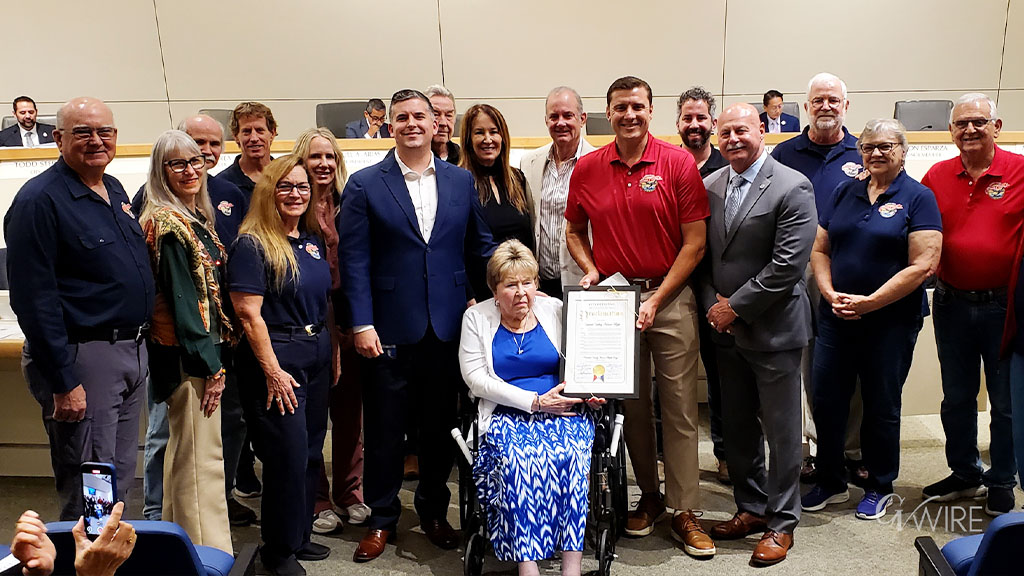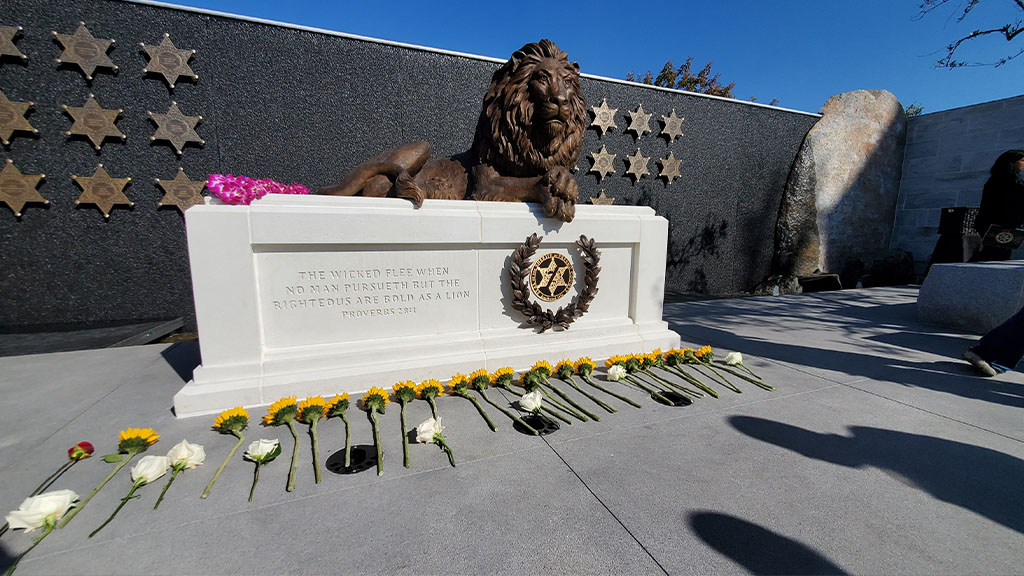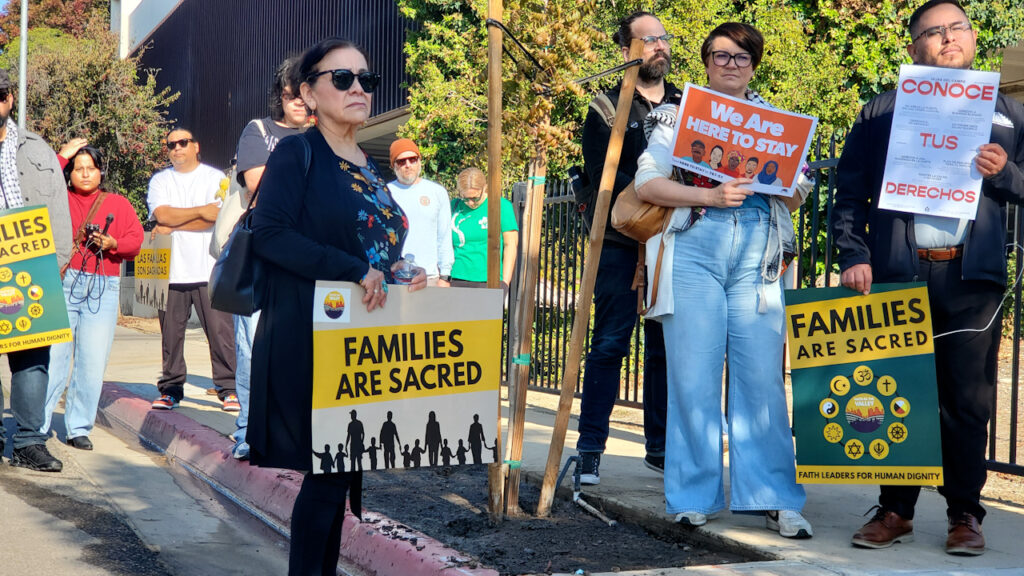California cities express frustration over Caltrans' slow handling of homeless encampments on state property, prompting legislative action. (CalMatters/Larry Valenzuela)

- Cities report Caltrans takes months to clear encampments, hindering local efforts to manage homelessness.
- A new bill aims to improve Caltrans' collaboration with cities by setting response timelines for camp removals.
- Local officials seek authority and reimbursement to clear Caltrans land themselves due to agency delays.
Share
This story was originally published by CalMatters. Sign up for their newsletters.
Gov. Gavin Newsom ordered state agencies to clear homeless encampments from their properties last summer, holding up the California Department of Transportation as an example of how it should be done.
But in the more than nine months since, cities up and down the state have complained that Caltrans isn’t doing enough. City officials and staff say the state agency is slow, sometimes taking months to respond to their requests to clear an encampment. They complain the agency doesn’t consistently tell them when it plans to clear a camp. In at least one city, officials have no idea if Caltrans is offering services to the homeless people it kicks off its land.
And for the most part, city workers are barred from going onto Caltrans property to do the job themselves.
“The way it’s set up right now isn’t working,” said Jorgel Chavez, mayor of Bell Gardens — a city of nearly 40,000 on the outskirts of Los Angeles. “It’s too long. Folks are frustrated.”
Proposed Legislation Seeks Solutions
A bill making its way through the Legislature seeks to change that by pushing Caltrans to better collaborate with cities. Senate Bill 569 would require the state agency to hire a liaison to communicate with local governments, and lay out timelines that make it clear when Caltrans should respond after a city asks it to clear an encampment.
The bill also would make it easier for cities to go onto Caltrans property and use their own resources and personnel to remove encampments and offer services. It would allow, but not require, Caltrans to reimburse cities for those efforts.
Caltrans refused an interview request and did not respond to emailed questions about its process for working with cities to clear encampments, or about the Senate bill. The agency hasn’t publicly endorsed or opposed the bill.
The bill comes amid a statewide push to remove homeless camps, and sometimes arrest the people in them, despite a widespread shortage of housing and shelters. Newsom on Monday urged cities and counties to adopt a model ordinance that would make camping in one place for more than three days illegal.
The U.S. Supreme Court last year found that cities can make it illegal to sleep outside in a public place, even if there is nowhere else for someone to go. Since then, more than two dozen California cities and counties have enacted new encampment bans, brought back old bans or made their ordinances more punitive.
As cities push unhoused people off their downtown sidewalks and out of their parks, people often resort to sleeping on Caltrans land — alongside highway on and off ramps, on medians or under overpasses. Sleeping so close to cars whizzing by carries its own risks, but it can buy them time, as Caltrans tends to take longer than cities to clear encampments.
Meanwhile, Caltrans is in the midst of a sometimes fraught transition from an agency tasked with building and maintaining highways to an agency increasingly also burdened with the difficult responsibility of humanely dismantling homeless encampments and helping unhoused residents access scarce shelter. In 2020, the agency agreed to pay $5.5 million to settle a lawsuit claiming it illegally destroyed the belongings of homeless people living on its land. Unhoused people and Caltrans workers have complained about cruel treatment and chaotic conditions during sweeps. A homeless woman was struck by machinery and killed during a Caltrans encampment sweep in Modesto in 2018.
The National Health Care for the Homeless Council has found encampment sweeps can have adverse effects on the health of displaced residents, put their safety at risk and undermine their efforts to get into housing.
Sen. Catherine Blakespear, the author of the Senate bill and a Democrat from Encinitas, said her goal is not to move unhoused people from one outdoor location to another, and that she recognizes the need to build more temporary and permanent housing — something her bill does not address. But having people living in public spaces, especially next to speeding traffic, is a “true disaster,” she said.
“I just wish Caltrans would handle the problems on their property,” she said. “But that’s not happening.”
‘We Just Keep Swapping Back and Forth’
In July, Newsom signed an executive order requiring state agencies to adopt policies for clearing encampments on their properties — and held up Caltrans’ efforts as a model of success.
Since then, there has been a steady drumbeat of complaints from city leaders, said Caroline Grinder, community services legislative advocate for the League of California Cities. There’s no universal model for how Caltrans should involve city personnel when clearing a camp, so the process varies widely. Some cities say their relationship with the state agency is great.
“To other cities, it’s a real challenge to get Caltrans to respond, and they have a hard time working with them to address encampments,” Grinder said.
In a recent League of California Cities survey, 40% of cities said coordinating with state agencies was a barrier to addressing encampments. They said it’s the biggest hurdle they face, after a lack of services and a lack of funding.

“This is up and down the state, in all different kinds of communities,” Grinder said.
CalMatters requested data from Caltrans on encampment removals in January, which the state agency has yet to provide.
Caltrans’ Current Process and Challenges
Caltrans has funding for 30 “encampment coordinators” that manage camps along its roadways. Before removing a camp, Caltrans is supposed to warn occupants 48 hours in advance (unless the camp is deemed to pose an imminent threat to life, health, safety or infrastructure), according to the agency’s encampment policy. Once the sweep starts, people remaining at the camp are supposed to get “a reasonable amount of time” to remove their belongings, and Caltrans is supposed to store any personal items left behind. The policy also states that staff should contact service providers to request outreach at the encampment.
In San Diego, the largest, most visible encampments tend to be on Caltrans land, said Franklin Coopersmith, deputy director of San Diego’s Environmental Services Department and head of its Clean SD effort. The city receives more than 300 complaints each month about encampments on Caltrans land. City staff can’t address them, so instead, they tell residents to fill out an online form on Caltrans’ customer service webpage.
In San Jose, it can take weeks or months for Caltrans to remove an encampment. In some extreme cases, camps have lingered for a year or two, said Mayor Matt Mahan. After Caltrans clears a site, people return immediately, because they know the state agency won’t be back for three to six months, he said.
“The longer we allow people to remain encamped along the freeway or along an on and off ramp, the more the encampment becomes established and people come to the location and we get a significant accumulation of waste,” he said. It can cost between $50,000 and $100,000 to remove a long-standing encampment, he said.
San Jose has a staff of 40 outreach workers and experience preventing people from returning to encampments, Mahan said. It would be more efficient for everyone, he said, to let San Jose take over sweeps on Caltrans land and get reimbursed.
San Jose is negotiating an agreement with Caltrans that Mahan hopes will let the city clear certain encampments along on and off ramps in East San Jose.
Los Angeles reached a similar agreement with Caltrans last year.
Blackspear’s bill, which Mahan supports, would make it easier for other California cities to set up similar deals. It would require Caltrans to create a publicly accessible online database of these agreements (called delegated maintenance agreements) that other cities can use as a jumping-off point for negotiations.
Riverside has been trying to negotiate such a deal with Caltrans since September, said Mayor Patricia Lock Dawson. In the meantime, the city and the state agency aren’t always on the same page. Caltrans doesn’t consistently tell the city when it’s going to clear a camp, according to the mayor’s office, and the mayor’s staff doesn’t even know if Caltrans offers people services before forcing them off its property.
As a result, unhoused people bounce from Caltrans property, to city property, and back to Caltrans property without getting off the street, Lock Dawson said.
“We just keep swapping back and forth and it’s really inefficient,” she said.
Riverside has submitted more than 70 requests for encampment removals on Caltrans property so far this year, according to the mayor’s office. It generally takes between two days and two weeks for the state agency to clear those camps.
Caltrans spent more than $51 million addressing encampments in the 2023-24 fiscal year, according to an analysis of Blackspear’s bill by the Senate Appropriations Committee.
If the bill passes, Caltrans told the committee it would cost about $200,000 per year to hire the “liaison” tasked with overseeing communication between the state agency and local governments. If the agency reimburses cities and counties for clearing encampments, those costs could balloon into the tens of millions of dollars annually, according to the committee’s cost analysis.
The reimbursement proposal has been popular among city officials and staff.
“Outreach is not cheap,” said Coopersmith, of San Diego. His city spends about $675,000 per year on four outreach workers who have permission to go onto Caltrans land and offer shelter (if it’s available) and other services before encampment sweeps.
“Placement is not cheap,” he said. “Police, encampment disposal, all of this costs money. We also need to ensure that if we’re working on any type of state property, we want to make sure that we’re compensated for it.”
This article was originally published on CalMatters and was republished under the Creative Commons Attribution-NonCommercial-NoDerivatives license.







